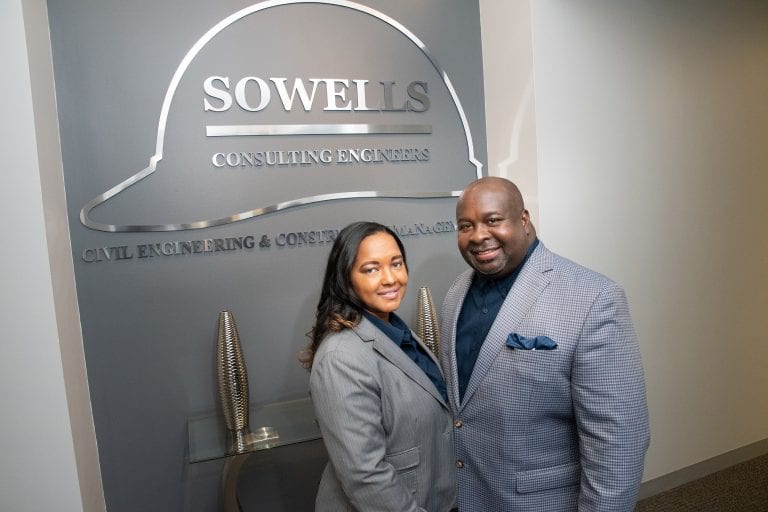
Construction employment increased in 269 of 358 metro areas between September 2021 and September 2022, according to an analysis by the Associated General Contractors of America of new government employment data. But association officials noted that those job gains could stall as the industry faces a growing list of challenges, including labor shortages, rising materials prices, and slowing private-sector demand for construction.
“Firms added as many workers as they could find during the past year to keep pace with strong demand for construction in many parts of the country,” said Stephen E. Sandherr, the association’s chief executive officer. “But as rising interest rates prompt developers to rethink future projects while prices for labor and construction materials remain high, fewer markets may experience job gains in the near future.”
Houston-The Woodlands-Sugar Land, Texas added the most construction jobs (29,100 jobs or 14 percent), followed by Dallas-Plano-Irving, Texas (11,000 jobs, 8 percent); Seattle-Bellevue-Everett, Wash. (8,900 jobs, 8 percent) and Los Angeles-Long Beach-Glendale, Calif. (8,800 jobs, 6 percent). The largest percentage gains were in Provo-Orem, Utah (21 percent, 5,700 jobs); Danville, Ill. (17 percent, 100 jobs), and Albuquerque, N.M. (17 percent, 4,200 jobs).
Construction jobs declined over the year in 50 metro areas and were unchanged in 39 areas. The largest loss occurred in Orlando-Kissimmee-Sanford, Fla. (-6,300 jobs, -8 percent), followed by Richmond, Va. (-2,800 jobs, -7 percent); Bergen-Hudson-Passaic, N.J. (-2,100 jobs, -7 percent) and Baton Rouge, La. (-2,100 jobs, -5 percent). The largest percentage declines occurred in Orlando; Bergen-Hudson-Passaic and Richmond.
Association officials cautioned that rising interest rates are prompting private sector developers to rethink some projects as higher finance costs offset potential returns. They added that labor costs continue to rise as firms struggle to hire enough workers and supply chain challenges inflate the cost of key materials. Sandherr urged federal, state, and local officials to accelerate investments in infrastructure and remove regulatory obstacles – like new Buy America requirements – that will slow new project starts.
“Public officials can offset declining private-sector demand for construction by speeding up planned projects,” Sandherr, the association’s chief executive officer. “There is no shortage of public funds for construction, but too much of it has been encumbered by senseless red tape like new Buy America provisions that will delay progress and undermine economic benefits.”
For more information, please visit www.agc.org.
Source: The Associated General Contractors of America







